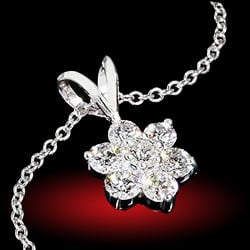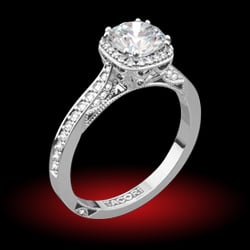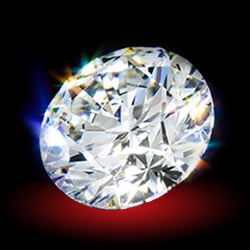Pinkmartini87
Brilliant_Rock
- Joined
- Apr 10, 2017
- Messages
- 1,315
Hi all,
Just curious for a stone of comparable quality and size, is a color change sapphire (blue to purple for instance) more expensive than a simply blue or purple sapphire, or in between a blur and purple sapphire seeing how blue is typically favored over purple?
While in prior posts I've been looking for a 5+ carat violet sapphire, is it harder to look for a 5+ carat color change sapphire of similar quality?
My friend was just showing me her color change sapphire today, so thought I'd ask the group. Hers change from a violet blue to a complete purple without any blue tones so is using the terminology color change appropriate rather than color shift? (I've seen a few purple sapphires shift color slightly, but none as complete as hers)
Just curious for a stone of comparable quality and size, is a color change sapphire (blue to purple for instance) more expensive than a simply blue or purple sapphire, or in between a blur and purple sapphire seeing how blue is typically favored over purple?
While in prior posts I've been looking for a 5+ carat violet sapphire, is it harder to look for a 5+ carat color change sapphire of similar quality?
My friend was just showing me her color change sapphire today, so thought I'd ask the group. Hers change from a violet blue to a complete purple without any blue tones so is using the terminology color change appropriate rather than color shift? (I've seen a few purple sapphires shift color slightly, but none as complete as hers)







300x240.png)